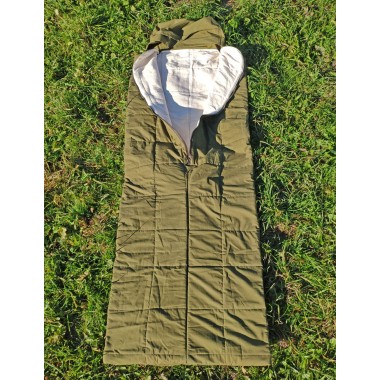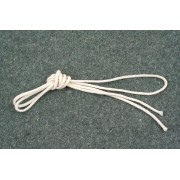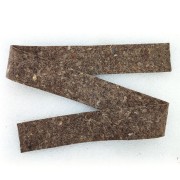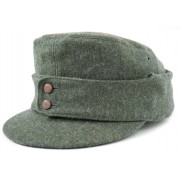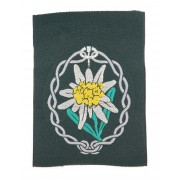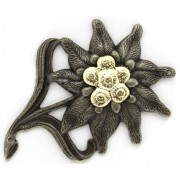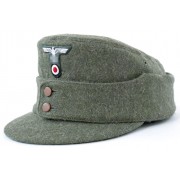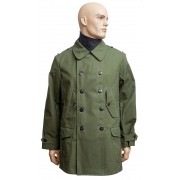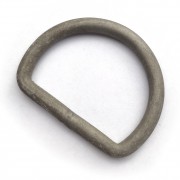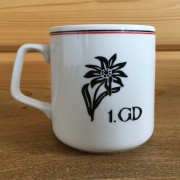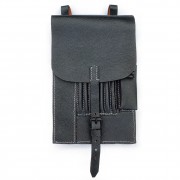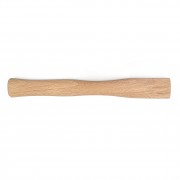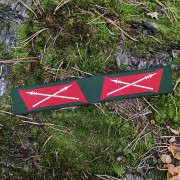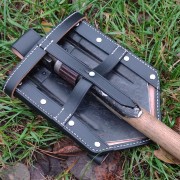How to choose the size?
The size of the bag is one. We took the original size and increased it for the height of 190 cm. The bag is enough in length for almost any person.
Description
The sleeping bag has a zipper to the middle and insulation made of recycled wool material. The same insulation was put on winter jackets. It is an old wool, cotton and synthetic clothing, cleaned and torn into small pieces, from which a dense and soft non-woven fabric is then assembled.
The outside is a dense olive-colored cotton fabric with hydrophobic impregnation. The fabric is selected at the factory according to the characteristics (tear, air and moisture permeability), the color is selected according to the original sample and painted to order. Inside is a white flannelette fabric, such a fabric was used on the original sleeping bags for a reason: it absorbs moisture well and is warm, pleasant to the touch.
The original Ri-Ri zipper is installed on the sleeping bag. The future popular manufacturer of zippers, Swiss Martin Othmar Winterhalter, bought a patent for a little-known invention in 1923 and began production in Germany (Halle an der Saale). By the end of the 1930s, the factory had grown to 1,200 workers. In 1936, the plant came under the tutelage of the Nazi state, and Winterhalter moved its headquarters to Mendrisio (Switzerland on the border with Italy). In 1948, the patent expired, cheap competition threatened RiRi's business. The manufacturer still exists and makes zippers according to modern standards. Historical information from second.wiki.
The sleeping bag has a hood in which you can put a jacket and trousers, and use it as a pillow. In the same hood, a rolled-up sleeping bag is packed as in a satchel. There's also a carrying handle.
Inside the hood is the manufacturer's stamp (in black) and the seal of the army military acceptance (Waffenamt des Heeres, in blue). The brands can be seen on the product photo.
There is a liner made of light natural fabric inside the sleeping bag, which is attached by ties to the sleeping bag. This liner is necessary for hygiene, it is easy to take out and wash. The sleeping bag itself can also be washed, but this will not make it better: the fabric will absorb moisture better (although the insulation will not suffer). Therefore, we recommend not to wash the sleeping bag, but to wash only the liner.
How to roll the bag?
Take the bag where your feet are. Divide its width into 3 parts, the middle part will remain on the floor, and wrap the sides onto the middle. Thus, its width will decrease by 3 times. Then roll the bag towards the hood and tuck it into the hood. The carrying handle should be on top.
Historical reference.
The requirements for sleeping bags in the 1930s were as follows. The bag consists of a shell, a bag and a liner. The shell is made of waterproof, but breathable material, the bag is made of down, cotton wool or batting. The best are down bags, which are very warm with a small weight. Instead of a sheet, a liner made of linen or flannel is inserted inside the bag. In the upper part of the bag has a slit with fasteners. The bag must be dried after sleep.
There were several variants of sleeping bags in the Wehrmacht: a blanket bag, a poncho bag and various civilian versions. We took the most massive (and simple) version that could be found in the ground forces, tankers, and pilots (the sleeping bag was included in a necessary emergency reserve of transport and bomber aviation). The sleeping bag became widespread in the mountainous units, since they were usually deprived of the opportunity to spend the night in barracks or any kind of housing.
Sleeping bags have been in the units since the beginning of the war, although it is difficult to meet them in the photo, as well as many "baggage" equipment like the uniform bag.
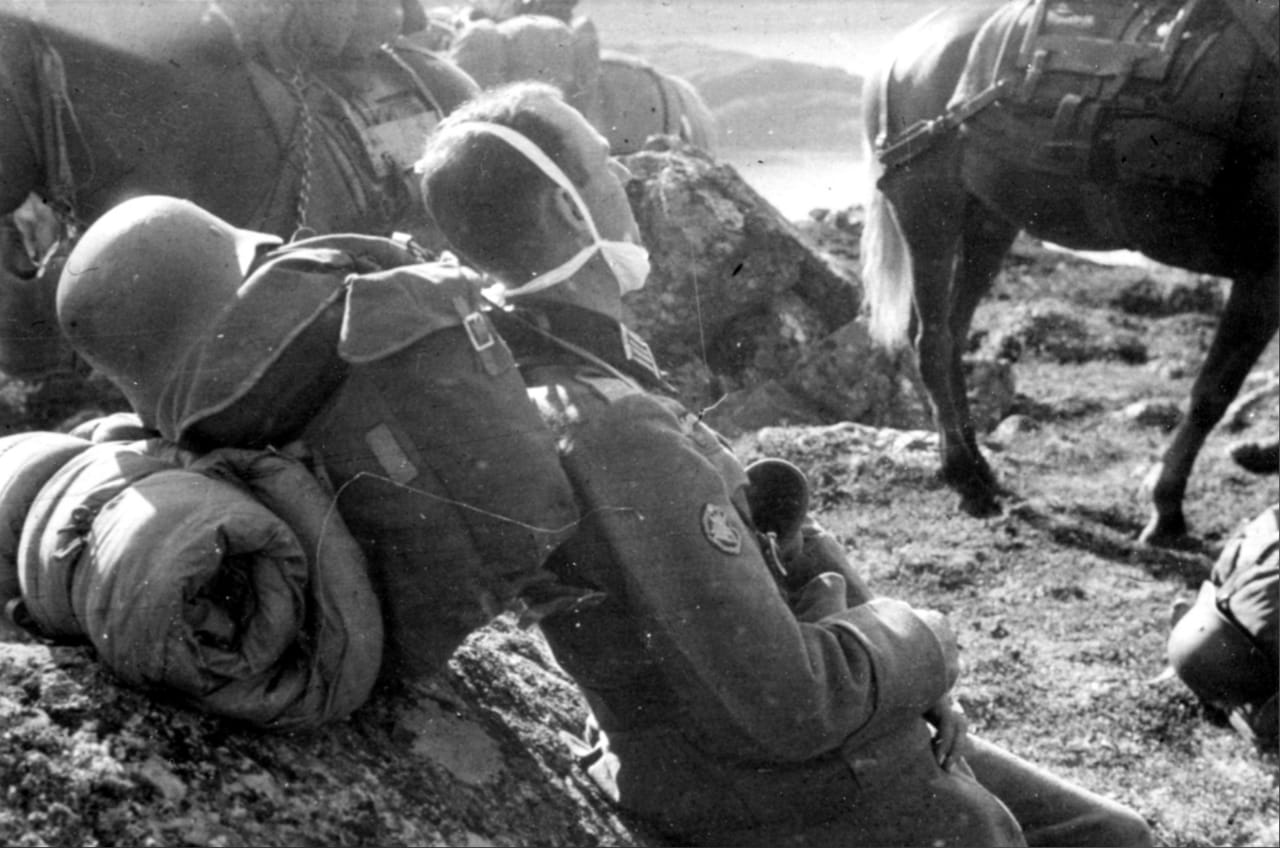
The photo shows a sleeping bag strapped to a mountain trooper's backpack.
An original bag from a private collection was used to make our copy.
A similar original sleeping bag (but with a button closure and a insulated bag) is sold in the Netherlands on the website militariaplaza.nl (the link may become inactive if the address page is changed or deleted). Photo below. The bag looks thicker, since there seems to be a different filler (fluff) inside.
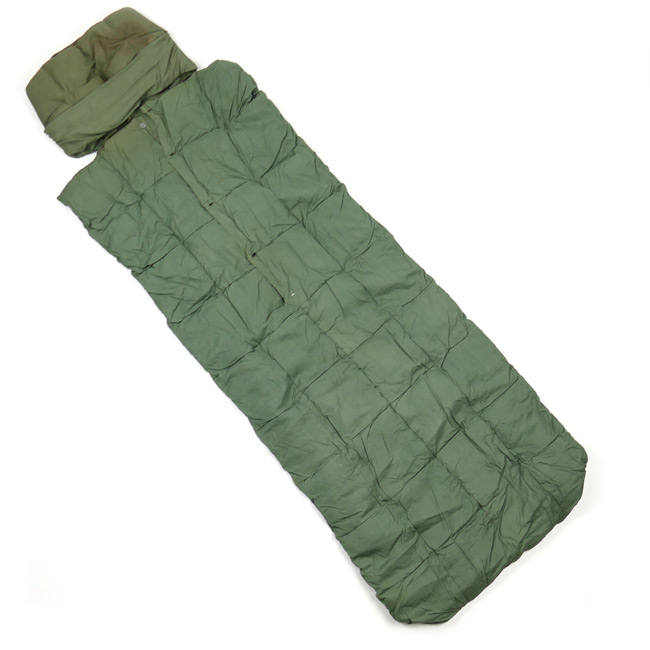
Below is a comparison of our copy (greener in the photo) and the original sleeping bag of the Wehrmacht (dim in the photo, made of coarser fabric).
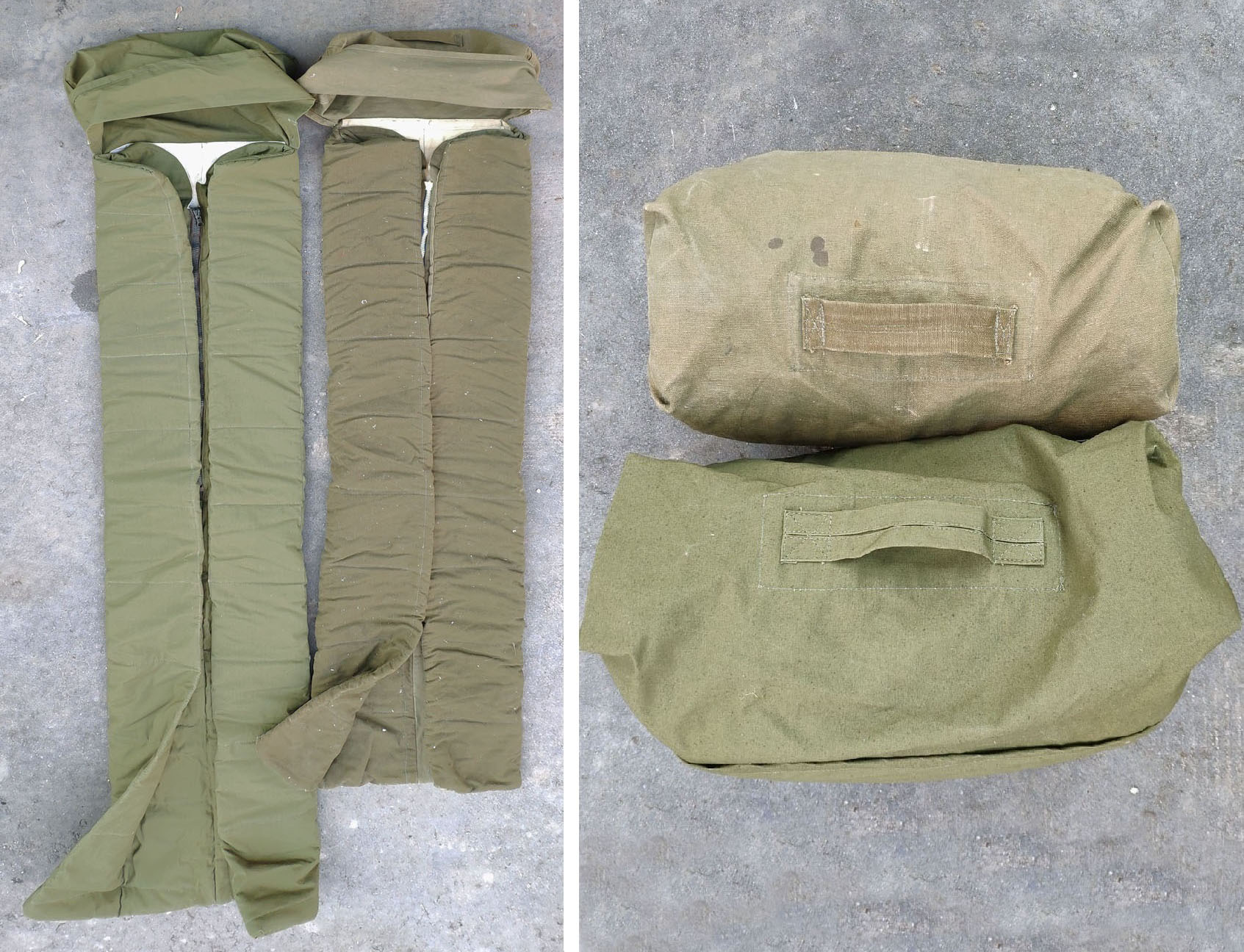

More information and photos in a separate article at the link.










